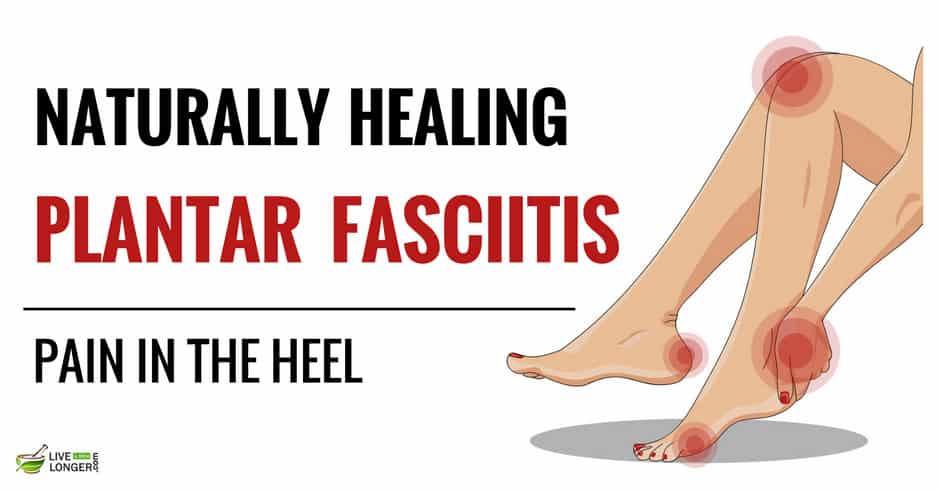Plantar Fasciitis
Plantar Fasciitis: Symptoms, Treatment and Prevention

In this final article in both part series on Plantar Fasciitis, Brad Walker talks about the common symptoms of the painful sports damage as well as the utmost effective treatments once diagnosed. Brad also outlines some very important precautionary measures that are necessary in avoiding Plantar Fasciitis. A feet injury such as plantar fasciitis generally occurs in a single foot. Bilateral plantar fasciitis is abnormal and is commonly the result of a systemic arthritic condition that is remarkably rare among runners. Males have problems with a somewhat higher occurrence of plantar fasciitis than females, perhaps therefore of higher weight in conjunction with greater speed and earth impact, as well as less overall flexibility in the ft ..Typically, the victim of plantar fasciitis activities pain upon rising after sleep, specially the first rung on the ladder out of foundation. Such pain is tightly localized at the bony landmark on the anterior medial tubercle of the calcaneus. In some cases, pain may prevent the athlete from walking in a standard heel-toe gait, causing an unusual walk as means of reimbursement. Less common areas of pain include the forefoot, Achilles tendon, or subtalar joint.After a brief period of walking with this type of feet injury, the pain usually subsides, but returns again either with vigorous activity or prolonged standing or walking. Within the field, an modified gait or irregular stride routine, along with pain during working or jumping activities are tell-tale signs or symptoms of plantar fasciitis and should be given prompt attention. Further indications of the damage include poor dorsiflexion (lifting the forefoot off the bottom) scheduled to a shortened gastroc complex, (muscles of the leg). Crouching in a full squat position with the only real of the foot flat on the ground can be utilized as a test, as pain will preclude it for the athlete suffering from plantar fasciitis, triggering an elevation of the heel due to tension in the gastroc complex.TreatmentTreatment of plantar fasciitis is sometimes a drawn out and aggravating process. A program of treatment should be undertaken by using someone trained and knowledgeable about the affliction. Typically, plantar fasciitis will demand at least six weeks or more to six months of conservative attention to be totally remedied. Should such work not provide alleviation to the athlete, more aggressive actions including surgery may be looked at.The initial goals of physical therapy should be to increase the unaggressive flexion of the feet and improve flexibility in the foot and ankle, eventually leading to a full return to normal function. Extended inactivity in vigorous sports is usually the price to be payed for thorough recovery. Half measures can lead to a long-term condition, sometimes severely limiting athletic ability.As a big timeframe is spent in bed during sleeping hours, it is important to ensure that the bedding at the foot of the bed do not constrict the feet, leading to plantar flexion in which the foot is bent straight out with the toes pointing. This constricts and therefore shortens the gastroc complex, worsening the condition. A heating system pad placed under the muscles of the calf for a few momemts prior to increasing may help release tension, increase circulation in the lower leg and decrease pain. Also while asleep, a night time splint can be utilized in order to hold the rearfoot in a natural position. This can assist in the therapeutic of the plantar fascia and ensure that the feet won't become flexed during the night.Attention to footwear is crucial in avoiding ft . injuries. Every work should be made to wear comfortable shoes with proper arch support, fostering proper foot posture. Should arch supports prove insufficient, an orthotic shoe is highly recommended. Fortunately, most instances of plantar fasciitis act in response well to non-operative treatment.Recovery times however change enormously from one athlete to another, depending on age, general health and physical condition as well as severity of injury. A wide period between 6 weeks and six months is usually sufficient for proper restoration. Additionally, the function of treatment must be flexible with respect to the details of a specific athlete?s injury. Methods that confirm successful in one patient, may not improve the damage in another.Early on treatment of ft . injuries typically includes the use of anti-inflammatory medication, icing, stretching activities, and heel inserts and splints. Cortisone shots may be necessary to achieve satisfactory treatment and retard inflammation. In later levels of the rehabilitation process, typically after the first week, glaciers should be discontinued and changed with heating and massage.It is important that any activity recognized to produce discomfort or injury to the plantar fascia be immediately discontinued, including any activity relating repeated impact of the heel on a hard surface, particularly, jogging. Should pain associated with the injury persist, additional diagnostic studies should be performed to rule out other, more exotic causes of heel pain including stress fractures, nerve compression accidents, or collagen disorders of your skin.
Plantar Fasciitis's Picture
Related Images with Plantar Fasciitis
Home rememdies for plantar fasciitis

10 Best Home Remedies For Plantar Fasciitis Heel Pain

Plantar Fasciitis Ways To Treat Plantar Fasciitis Home Remedies

Treatments For Plantar Fasciitis Home Remedies Pinterest





0 komentar: